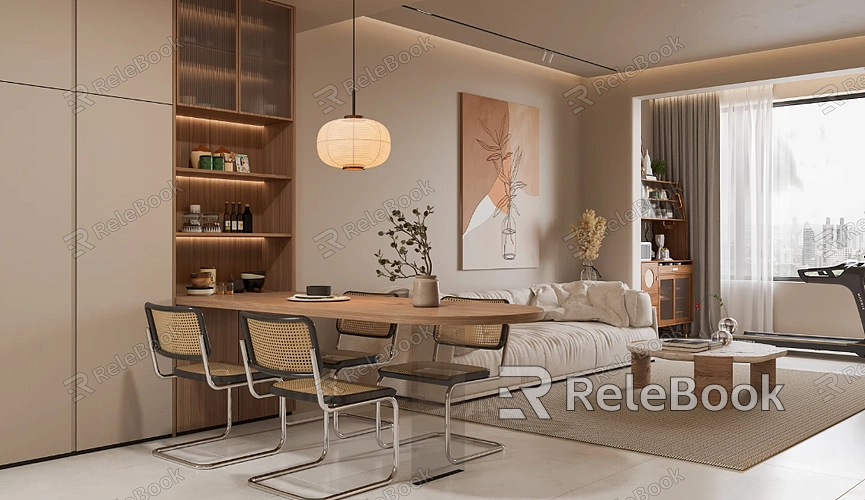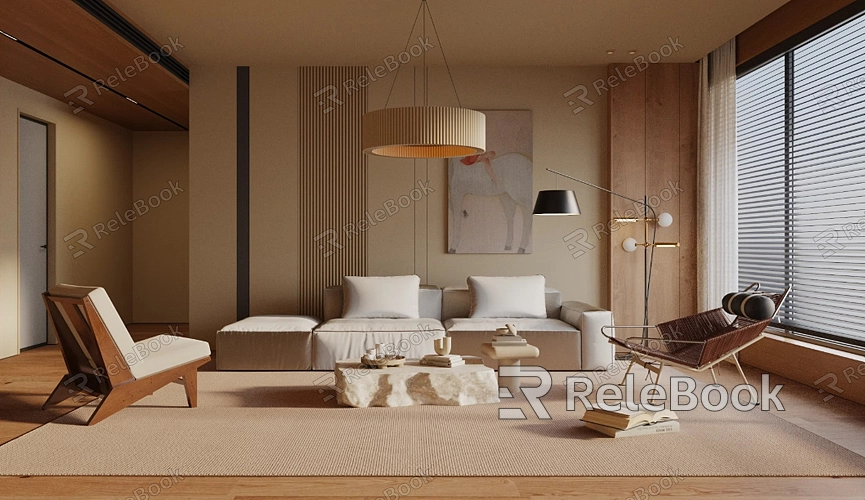What is Polygonal 3D Modeling?

Understanding Polygonal 3D Modeling
Polygonal 3D modeling is a method of creating three-dimensional objects by using polygons, typically triangles or quadrilaterals, as the building blocks. In essence, a polygon is a flat, two-dimensional shape with straight sides, and in the context of 3D modeling, these polygons are connected in a mesh to form the surface of a 3D object. Each polygon is defined by its vertices (corners), edges (the lines connecting the vertices), and faces (the flat surface enclosed by edges).
The process begins with simple geometric shapes, like cubes or spheres, which are then subdivided and manipulated into more complex forms. The more polygons a model has, the more detailed and smoother it can appear. However, this also increases the computational complexity, which is why balancing detail and performance is often a key consideration in polygonal modeling.
The Importance of Polygonal Modeling
Polygonal modeling is one of the most widely used techniques in 3D graphics due to its flexibility and control over the shape and detail of an object. Here are some reasons why polygonal modeling is crucial:
1. Precision and Flexibility:
Polygonal modeling allows for precise control over the shape and detail of an object. Artists can manipulate individual vertices, edges, and faces to create intricate and detailed models. This level of control is particularly important when creating characters, vehicles, or any object that requires a specific look or function.
2. Compatibility with Rendering Engines:
Most rendering engines, whether for real-time graphics in video games or pre-rendered scenes in movies, are optimized to work with polygonal models. This makes polygonal modeling an industry standard, ensuring that models can be easily integrated into various platforms and applications.
3. Efficient Use of Resources:
While highly detailed models with millions of polygons can be created, polygonal modeling also allows for optimization, where the number of polygons is minimized without significantly affecting the visual quality. This is especially important in video games, where performance is critical, and in virtual reality, where real-time rendering demands low-latency processing.
4. Adaptability:
Polygonal models can be easily edited and modified, allowing for quick adjustments during the design process. Whether it’s adding more detail, changing proportions, or even transforming the entire shape, polygonal models are highly adaptable, which is essential in iterative design workflows.

The Process of Creating Polygonal 3D Models
Creating a polygonal 3D model typically involves several stages, each requiring a combination of artistic skill and technical knowledge. Here’s an overview of the process:
1. Conceptualization:
The first step in polygonal modeling is to conceptualize the object you want to create. This might involve sketching ideas on paper or using reference images to guide the design. Having a clear concept helps streamline the modeling process and ensures that the final model meets the intended vision.
2. Base Mesh Creation:
The next step is creating a base mesh, which is a simplified version of the final model made up of basic shapes. The base mesh serves as the foundation, providing the overall structure and proportions of the model. Common shapes like cubes, cylinders, and spheres are often used as starting points.
3. Detailing:
Once the base mesh is established, the next step is to add detail. This is done by subdividing the polygons to create more vertices, edges, and faces, allowing for finer adjustments and more intricate shapes. Tools like extruding (extending faces or edges) and beveling (softening edges) are commonly used at this stage.
4. Texturing:
After the model is shaped, it’s time to add textures. Texturing involves applying images or patterns to the surface of the model to give it color, detail, and realism. This process might involve creating a UV map, which is a 2D representation of the 3D model’s surface that helps accurately place the textures.
5. Rigging (Optional):
For models that will be animated, such as characters in a video game or movie, rigging is a crucial step. Rigging involves creating a skeleton for the model, complete with joints and bones, which allows the model to be posed and animated. This process requires careful planning to ensure that the model moves naturally.
6. Final Adjustments and Optimization:
The last step in the process involves making final adjustments and optimizing the model. This might include reducing the polygon count to improve performance, refining the texture maps, or tweaking the rigging to ensure everything functions correctly.
Applications of Polygonal 3D Modeling
Polygonal 3D modeling is used across a wide range of industries, each with its unique demands and challenges. Here are some of the key applications:
1. Video Games:
In the gaming industry, polygonal modeling is used to create everything from characters and environments to vehicles and weapons. Given the need for real-time rendering, game developers often need to strike a balance between detail and performance, making polygonal modeling an ideal choice.
2. Film and Animation:
Polygonal models are widely used in film and animation to create realistic or stylized characters, creatures, and environments. In this industry, the focus is often on achieving high levels of detail and realism, with polygonal modeling providing the necessary precision and flexibility.
3. Architecture and Design:
In architecture, polygonal modeling is used to create detailed visualizations of buildings, interiors, and landscapes. These models help architects and clients visualize the final product, allowing for better decision-making and more effective communication.
4. Product Design:
Product designers use polygonal modeling to create detailed prototypes of new products. These models can be used for presentations, simulations, and even 3D printing, making polygonal modeling a valuable tool in the product development process.
5. Virtual Reality (VR) and Augmented Reality (AR):
In VR and AR, polygonal modeling is used to create immersive environments and interactive objects. Given the need for real-time interaction, these models are often optimized for performance, ensuring a smooth and engaging user experience.
Challenges and Considerations in Polygonal Modeling
While polygonal modeling is a powerful tool, it comes with its own set of challenges. Here are some considerations to keep in mind:
1. Managing Complexity:
As models become more detailed, managing the complexity of the polygon mesh can be challenging. High polygon counts can lead to slow performance, especially in real-time applications, so optimization techniques are often necessary.
2. Avoiding Artifacts:
Polygonal models can sometimes exhibit visual artifacts, such as sharp edges or distorted textures. These issues can arise from improper UV mapping, poorly placed vertices, or overlapping polygons, requiring careful attention during the modeling process.
3. Balancing Detail and Performance:
In many applications, especially in gaming and VR, there’s a constant need to balance detail with performance. While it’s tempting to create highly detailed models, it’s important to ensure that the final product can run smoothly on the target platform.
FAQ
What software is commonly used for polygonal 3D modeling?
Popular software for polygonal 3D modeling includes Autodesk Maya, Blender, 3ds Max, and Cinema 4D. Each of these tools offers powerful features for creating and manipulating polygonal meshes.
What is the difference between polygonal modeling and NURBS modeling?
Polygonal modeling uses polygons as the basic unit for creating 3D objects, offering flexibility and control. NURBS (Non-Uniform Rational B-Splines) modeling, on the other hand, uses mathematical curves to define surfaces, which is ideal for creating smooth, organic shapes.
Can polygonal models be used for 3D printing?
Yes, polygonal models can be used for 3D printing. However, the model must be watertight (without holes or gaps) and properly scaled. The model may also need to be simplified to ensure it can be printed successfully.
How does polygon count affect a model’s performance?
Higher polygon counts generally result in more detailed models but can also lead to slower performance, especially in real-time applications like games or VR. Optimizing the polygon count is crucial to balancing detail and performance.
Where can I find high-quality polygonal 3D models and textures?
You can find a wide range of high-quality polygonal 3D models and textures on the Relebook website, which offers resources to help you enhance your projects.

